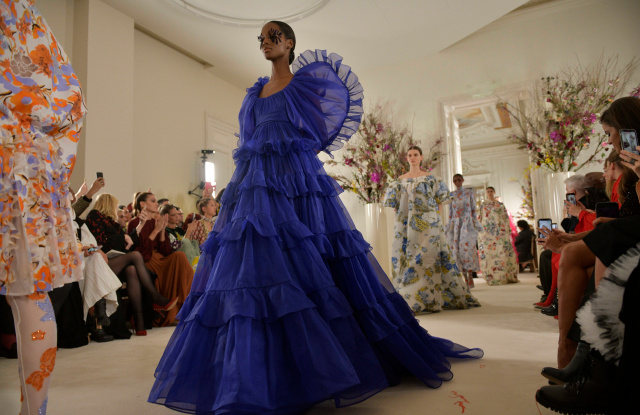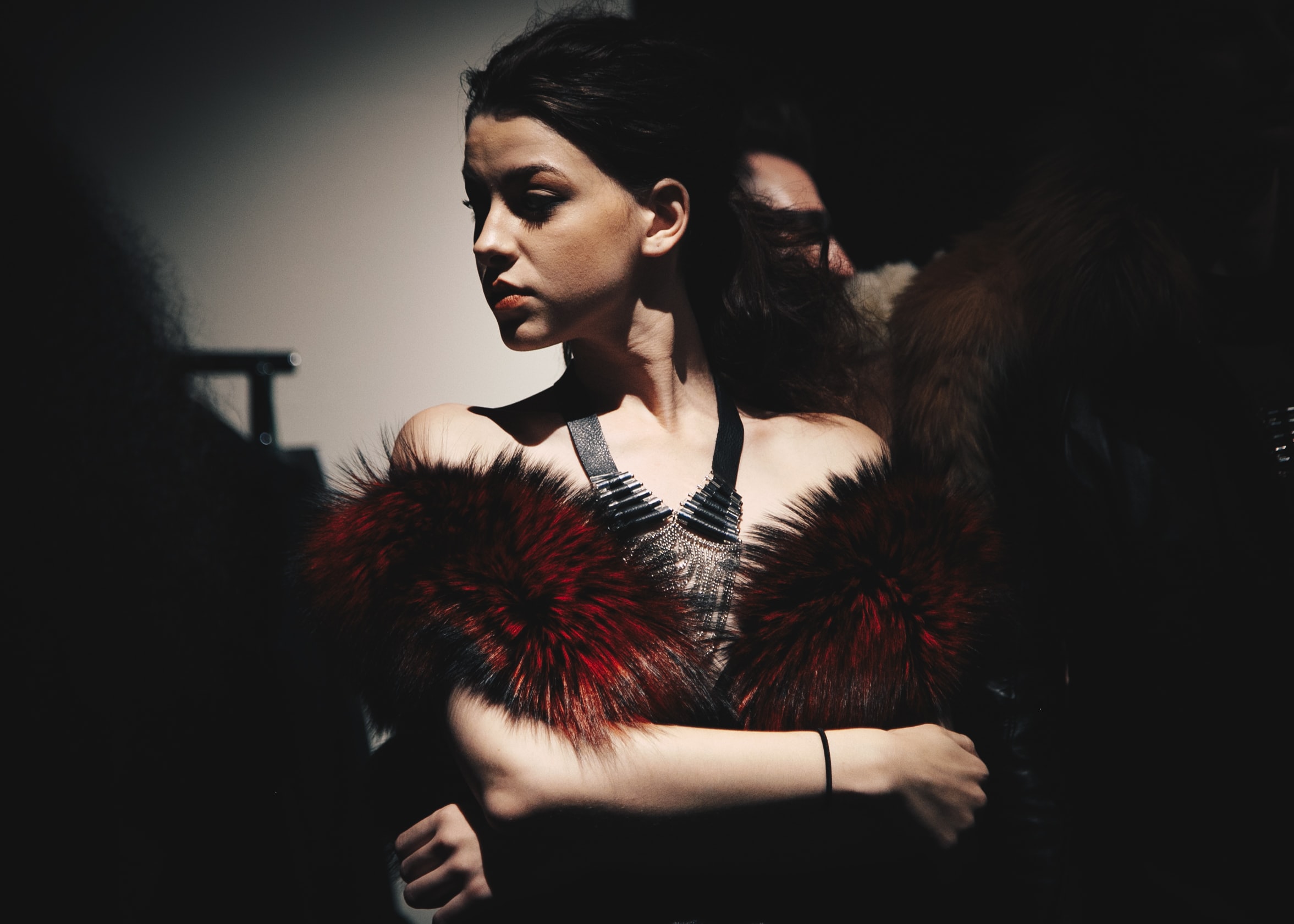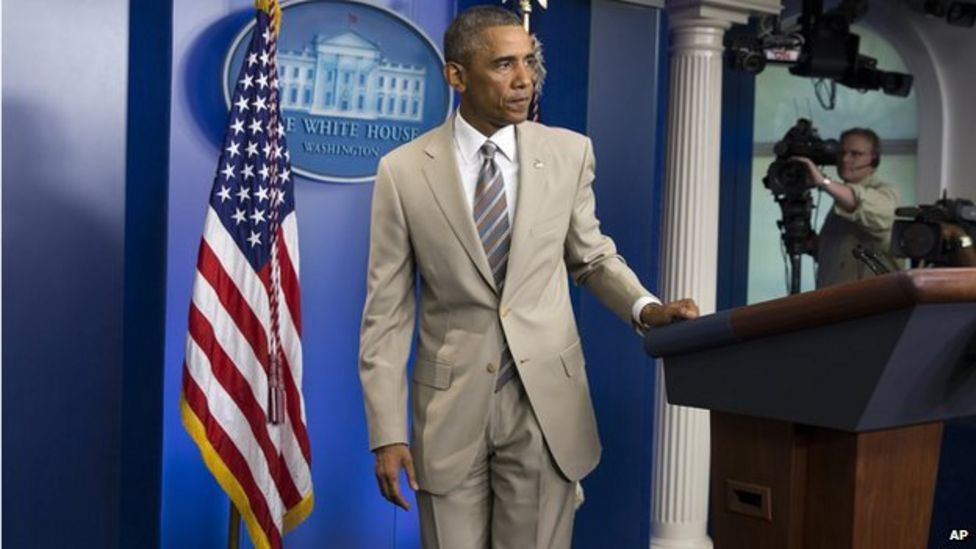Fashion films have recently gone from being a nice-to-have for fashion designers and brands to being a must during the pandemic era. However, these short videos didn’t crop up overnight. In fact, they have been used with regularity since the year 2000 – the inception of fashion photographer and filmmaker Nick Knight’s SHOWstudio.
But what are fashion films, specifically? And what is their general use?
The concept of a fashion film has its roots in the 1950s with fashion photographer Erwin Blumenfeld’s experimentations inside of the film medium. Film’s use in fashion continued into the 1970s with storied fashion photographers Guy Bourdin and Richard Avedon. But, fashion films’ sustained ascendance as an acceptable form of media in the present era started in the year 2000, when the aforementioned Knight founded SHOWstudio.

SHOWstudio, based in London, “has pioneered fashion film and is now recognised as the leading force behind this new medium, offering a unique platform to nurture and encourage fashion to engage with moving image in the digital age” (per its website). SHOWstudio offers its visitors the chance to see a vast amount of fashion films – both past and present – in one spot.
In addition to finished fashion films, SHOWstudio also live-streams from fashion shows and photoshoots. This has the effect of letting viewers in to get a behind-the-scenes look at the inner mechanisms of the fashion industry. As closed off as our industry can be, we think that SHOWstudio has undertaken a noble quest to build accessibility for those that might not otherwise have the opportunity to obtain it.
Fashion films are created in a multitude of ways, but the aim in each one is generally the same: to create brand awareness. The goal of these films is for designers and brands to tell a story. Many of them are experimental in nature, holding the purpose of satisfying the creative impulses of the garments’ creators.
It must be remembered, though, that brand awareness nearly always has another endgame: sell products. We’ve found that many of the best fashion films achieve that fine striking of a balance between experimentation and advertising because, while fashion is an art, it is also a business. Films that are purely experimental are interesting to watch, and if done correctly might build loyalty with a company’s following – but that is not a guarantee. Films that are solely focused on profit don’t work very well because the public knows when it is being sold on product(s) – and they don’t like it. Successful designers and brands should do both with their fashion films.

Fashion films have spawned their own film festivals in recent years, with A Shaded View On Fashion Film (ASVOFF) – founded by the notable Diane Pernet – being one of the earliest to arrive in the public sphere. Others of note are the La Jolla International Fashion Film Festival (LJFFF), London Fashion Film Festival, and the Berlin Fashion Film Festival. A host of today’s fashion photographers are joining the fashion filmmaking ranks as well, indicating that they see this as a profitable path forward that compliments their photographic efforts – and that fashion films are here to stay for the foreseeable future.
But, why now? Why have these films only now begun to maintain an upward trajectory in the fashion industry? Why did it take until now for them to truly come to power?
At first glance, one could say that the global pandemic that has seen the world enter and exit lockdowns with regularity for the past year has forced their usage onto fashion professionals that would otherwise prefer to hold traditional runway shows. And this answer would actually be fairly correct – but it is incomplete.
While fashion films have become the primary means of exhibiting fashion collections during the Covid pandemic, their prominence has been rising for more than a decade at this point. The popularity of fashion films has coincided with the general rise in the popularity of video as online content. We can look at none other than social media for an excellent demonstration of this fact. From Myspace’s emergence in 2003 to that of surprise sensation TikTok in 2016, popular content has steadily transitioned from words and static photos to both short video clips and longer-form video content. Whether designers and brands are ready or not, video marketing is the future of brand awareness. Luckily, many fashion companies began getting on board long ago.
Another fair point to make is that the fashion and film industries have always had a close relationship with each other. Film has employed costume designers for decades to create wardrobes for movie characters. Similarly, fashion designers and brands make fashion films to promote their collections.
It would seemingly follow, then, that if the film industry can relay an implied statement of “let’s make our own fashion” (via costume designers), then why shouldn’t the fashion industry now respond with “let’s make our own films” (via photographers & videographers)? Indeed, we put forth that the rise of fashion films is the natural progression of the fashion industry’s obsession with cinema.
To subscribe to Manic Metallic‘s Substack newsletter, click here. To follow us on Bluesky, click here.


